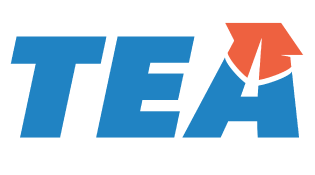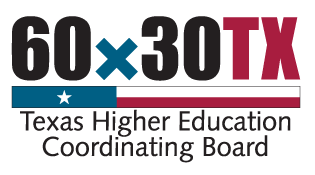My first experience in talking to middle school students about endorsements was more complex than I had anticipated. I may have assumed way too much about their prior knowledge, so it didn’t take long before I had blank faces staring back at me.
Here’s why:- The word “endorsement” isn’t part of any teenager’s everyday language – especially in the context of Texas educational requirements related to HB5.
- Because an endorsement is really an overarching concept that applies to multiple career pathways, there is no cookie-cutter way to explain it. The shift from one graduation plan model to another has been quite an adjustment for Texas educators. Teaching and guiding students toward their intended endorsement can be a challenge.
After all, we’re asking Texas students to make big decisions that will shape their high school academic career and potentially their lifelong work. Our efforts to help students best understand career pathways and endorsements should be a critical priority.
These challenges also present an opportunity for us to flex our creative educator muscles. We all know how important it is to focus on each student’s needs during instruction. Great teachers build meaning out of individual students’ experiences.
Help All Students Learn About Endorsements
Here are three examples of creative approaches for differentiating endorsement instruction to meet student needs. Whole-class instruction can work with these individual differentiation practices set in place.
Talk Read Talk WriteThis instructional strategy focuses on familiarizing students with academic language so that it’s more accessible to them – take, for example, the word “career pathway”:
- Students first talk with a partner or small group so that they have time to use the word.
- Then, they are given time to read about career pathways so they can see the word in context (this visual aid on the career pathway to becoming a teacher would be a great example to hand out to students).
- Next, they are given an opportunity to talk again so they can use their new vocabulary more.
Finally, students are allowed to show the teacher what they’ve learned or display their comprehension by writing about career pathways.
KWL (Know, Want to Know, Learned)
With this strategy, students take inventory of the information available and use it to move forward on their educational journey. Visually, students can create a table with three columns, one for each step: Know, Want to Know, Learned.
- Know – students are given time to recall previous information and write what they already know about a topic, like “job opportunities in agriculture.”
- Want to know – after a brief class discussion, students write out what else they would like to know on that topic or where they feel they are missing information.
Learned – finally, students take notes on the topic, revising and editing from what they already know, and answering their questions from the “want to know” column.
See, Think, Wonder
This strategy generates curiosity, allowing students to visualize something new and different, and can take just 5–10 minutes:
See – start the strategy with an image. It can be related to the content of the day. For example, for a lesson on personal graduation plans, show a picture of a trailhead, a winding road, or a person boarding a plane. All of these involve a journey in some way. The students should have a minute to observe and then complete the statement “I see…” and give details from the image.
Think – ask the students several probing questions: What do you think about what you are seeing? What makes you think this? Allow for some discussion.
Wonder – Finally, end the discussion or prompt with a question: What do you wonder about this? What other questions does it bring up for you?
Resources to Support Endorsement Instruction
If you’re looking for even more resources to support endorsement instruction in the classroom, check these out:
Texas Workforce Commission – Labor Market and Career Information
The Texas Workforce Commission offers an array of tools to help educators explain the Foundation High School Program and endorsements, including webinars explaining HB5 and a layout of the state graduation plan. The Workforce Commission also offers a collection of endorsement handouts that are a perfect addition to your curriculum or class bulletin board.
Texas Career Check – Interest Profiler, Explore Education, Explore Careers
You will always encounter students who cannot tell you what their career goals are. One way to help them get oriented is to have them complete the Texas Career Check Interest Profiler. I recommend grouping students with similar results together and asking them to conduct a little more research so they can present findings to their classmates.
MapMyGrad
With MapMyGrad, students can learn about graduation requirements, take a fun interest quiz, select an endorsement, and begin crafting a printable graduation plan so that counselors can start the scheduling process.
As a high school student in the 1990s, I could have taken myriad elective courses to meet Texas graduation requirements without any purposeful planning. Today, it’s up to Texas educators to help students find greater purpose with very intentional planning and guidance from people like you and me.






